
面向6G时代,本文在全球首次设计“一对多”语义通信系统,具有开创性,所提出的“一对多”语义通信系统“MR DeepSC”可以为未来语义通信系统的发展打下基础。
这项研究工作得到了国家自然科学基金62222107、62071223、62031012、61871446和中国科协青年精英科学家资助计划的部分支持;部分由江苏省重点研发计划项目BE2020084-1资助;部分由国家自然科学基金项目92067201资助。
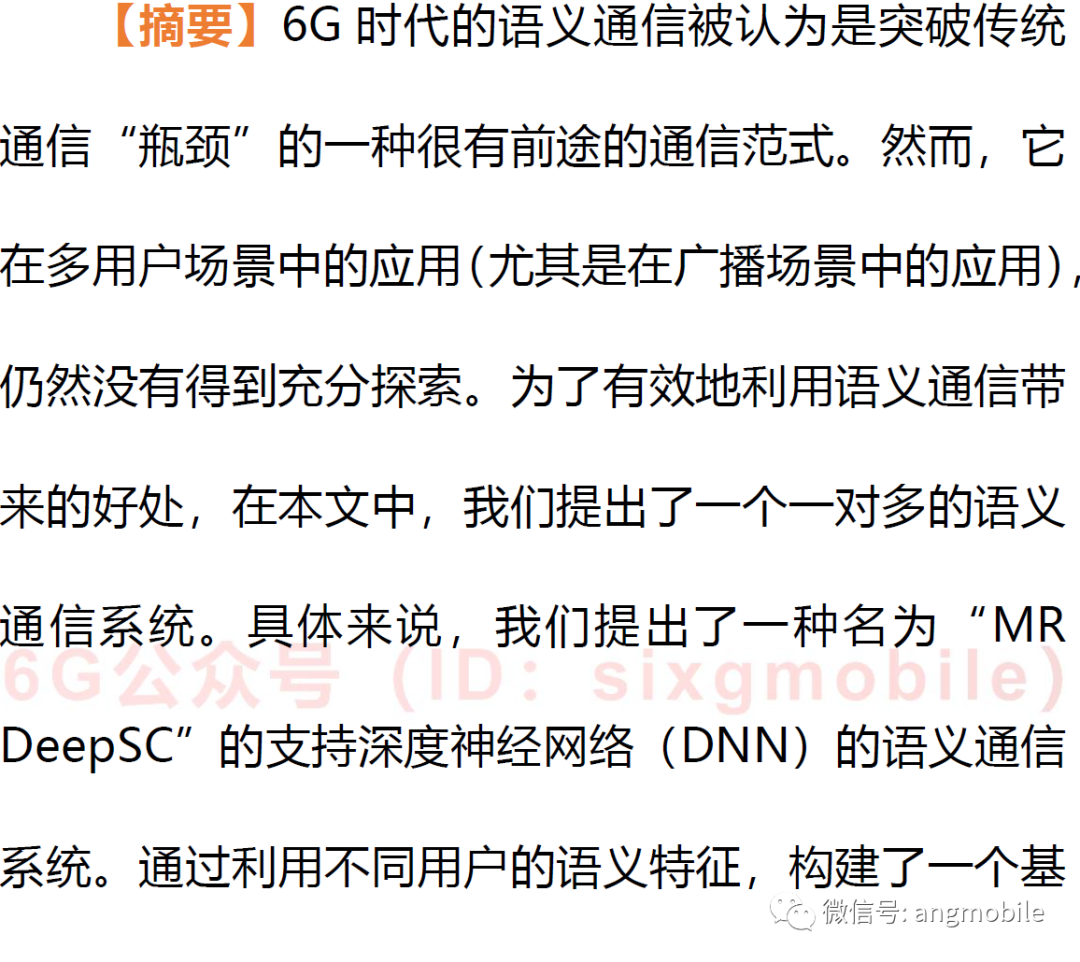
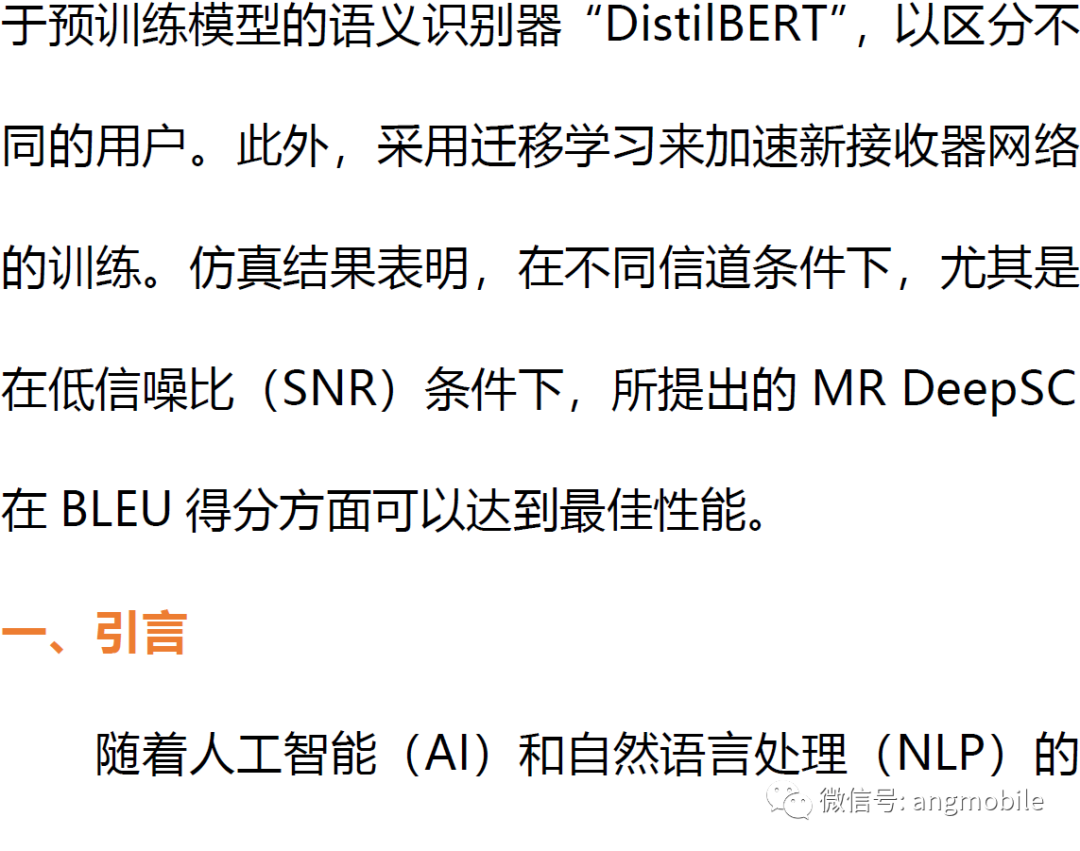
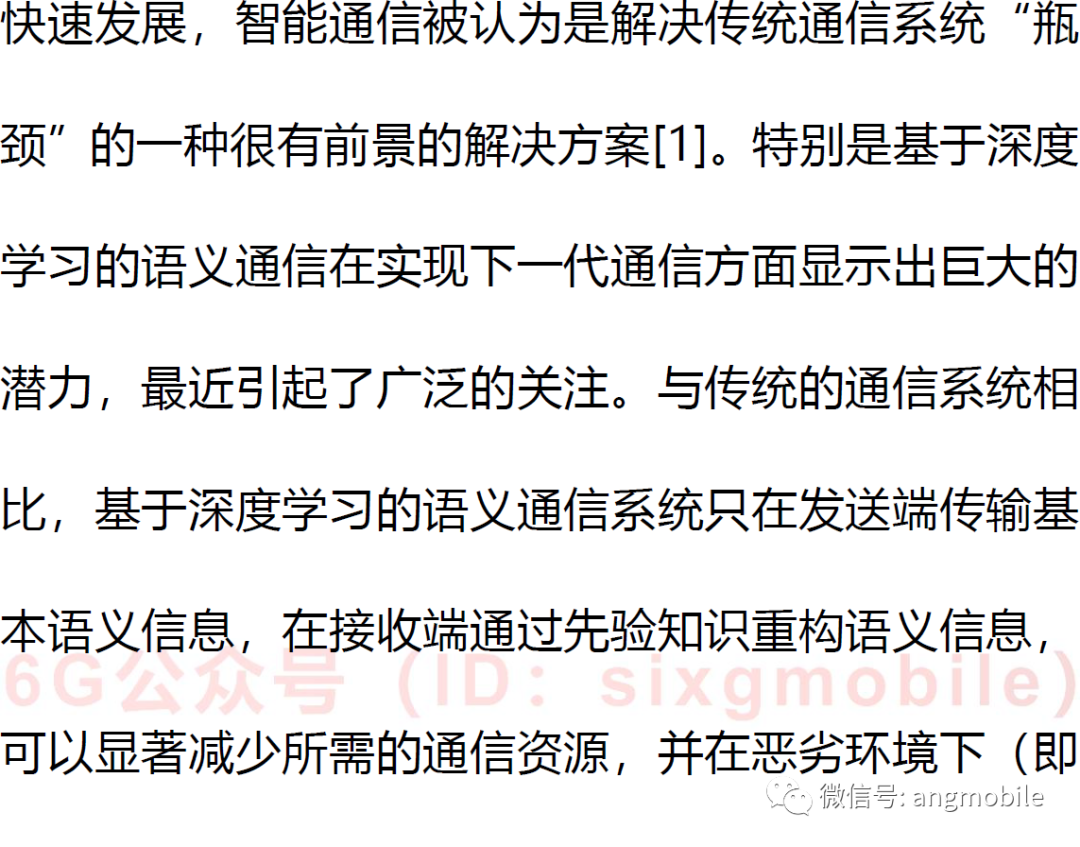
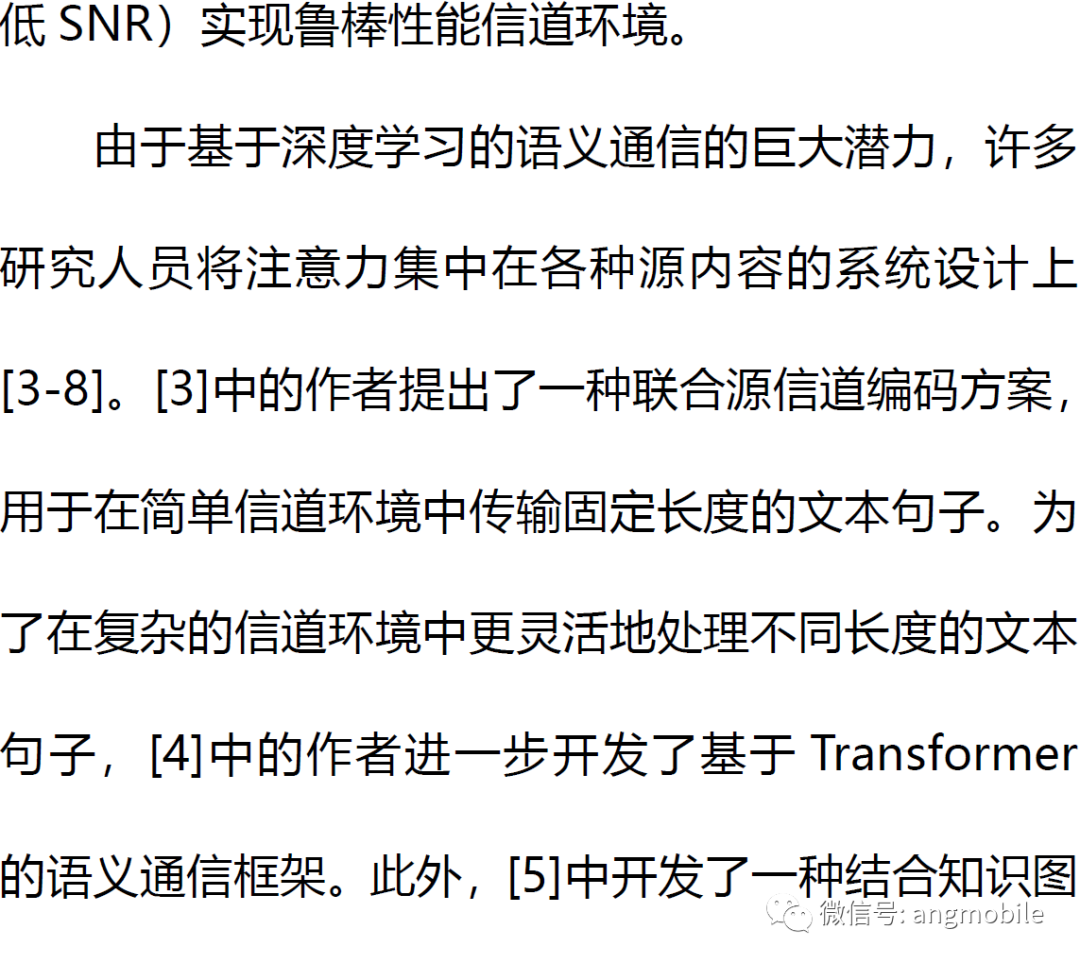
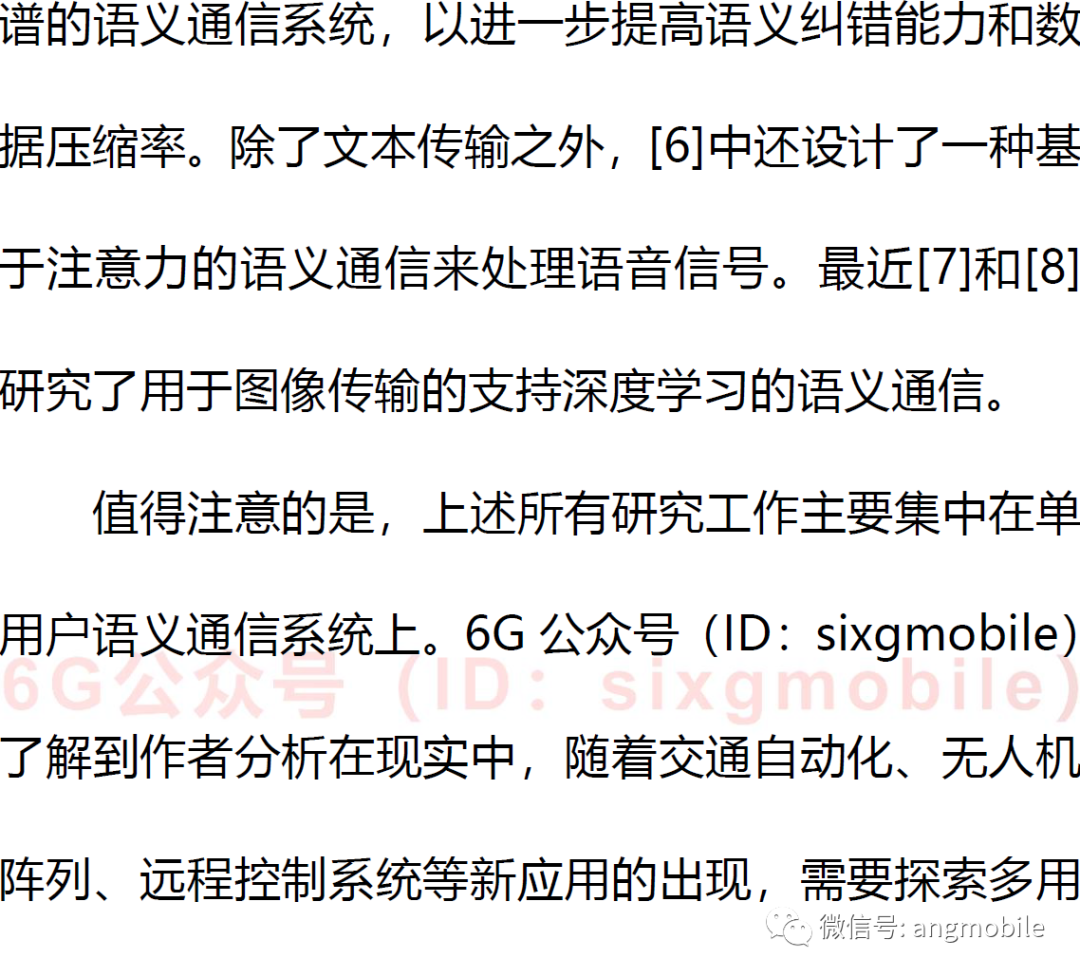


































本文参考文献:
[1] Z. Qin et al., “Deep learning in physical layer communicaTIons,” IEEE Wireless Commun., vol. 26, no. 2, pp. 93–99, 2019.
[2] Q. Lan et al., “What is semanTIc communicaTIon? A view on conveying meaning in the era of machine intelligence,” Journal of CommunicaTIons and Information Networks., vol. 6, no. 4, pp. 336–371, 2021.
[3] N. Farsad et al., “Deep learning for joint sourcechannel coding of text,” IEEE Int’l. Conf. Acoustics Speech Signal Process. (ICASSP)., algary, AB, Canada, pp. 2326–2330, 2018.
[4] H. Xie et al., “Deep learning enabled semantic communication systems,” IEEE Trans. Signal Process., vol. 69, pp. 2663–2675, 2021.
[5] F. Zhou et al., “Cognitive semantic communication systems driven by knowledge graph,” IEEE ICC., to be published, 2022.
[6] Z. Weng et al., “Semantic communication systems for speech transmission,” IEEE J. Sel. Areas Commun., vol. 39, no. 8, pp. 2434–2444, 2021.
[7] E. Bourtsoulatze et al., “Deep joint sourcechannel coding for wireless image transmission,” IEEE Trans. Cogn. Commun. Netw., vol. 5, no. 3, pp. 567–579, 2019.
[8] D. B. Kurka et al., “DeepJSCC-f: Deep joint source-channel coding of images with feedback,” IEEE J. Select. Areas Inf. Theory., vol. 1, no. 1, pp. 178—193, 2020.
[9] H. Xie et al., “Task-oriented multi-user semantic communications,” in arXiv preprint arXiv:2112.10255, 2021.
[10] A. Vaswani et al., “Attention is all you need,” in Adv. neural inf.proces. syst., 2017, pp. 5999–6009.
[11] V. Sanh et al., “DistilBERT, a distilled version of BERT: smaller, faster, cheaper and lighter,” in arXiv preprint arXiv:1910.01108, 2019.
[12] K. Papineni et al., “Bleu: a method for automatic evaluation of machine translation,” in Proceedings of the 40th annual meeting of the Association for Computational Linguistics, pp. 311–318, 2019.
[13] P. Koehn et al., “Europarl: A parallel corpus for statistical machine translation,” MT summit., vol. 5, Citeseer, pp. 79–86, 2005.
[14] Y. Kim et al., “Convolutional Neural Networks for Sentence Classification,” in arXiv preprint arXiv:1408.5882, 2014.
[15] A. Maas et al., “Learning word vectors for sentiment analysis.,” Proceed in Association for Computational Linguistics (ACL), pp. 142–150, 2011.
[16] C. Heegard et al., “Turbo coding,” in Springer Science & Business Media, Vol. 476, 2013.
【附录】本文作者
H. Hu、X. Zhu、H. Zhu:南京邮电大学江苏省无线通信重点实验室,南京邮电大学泛在网络健康服务系统教育部工程研究中心。
F. Zhou:南京航空航天大学电子与信息工程学院。
W. Wu:南京邮电大学通信与信息工程学院。
R. Q. Hu:就职于美国犹他州洛根市犹他州立大学电气与计算机工程系。
编辑:黄飞
欢迎分享,转载请注明来源:内存溢出

 微信扫一扫
微信扫一扫
 支付宝扫一扫
支付宝扫一扫
评论列表(0条)